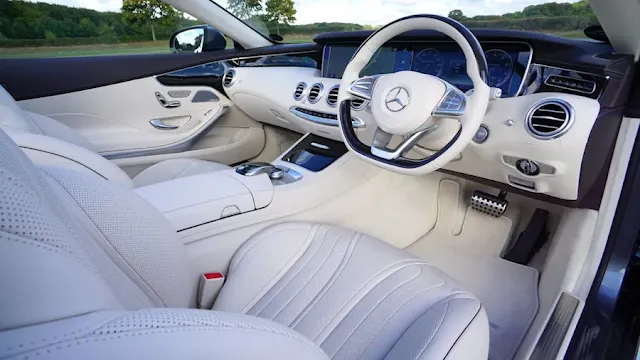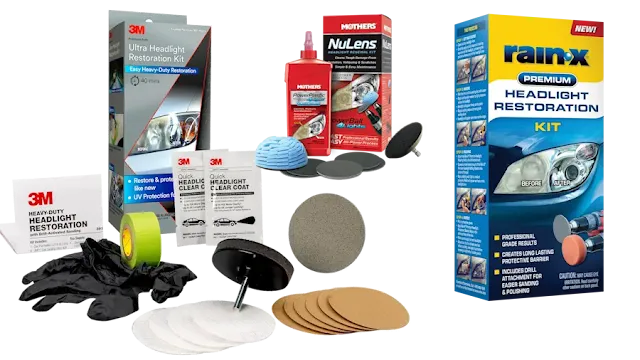KIA has often faced a barrage of negative reviews and criticisms regarding the quality and reliability of their vehicles. Many car buyers express concerns over frequent mechanical issues, lower resale value, and overall build quality. This article delves into whether KIA's reputation for poor quality is justified by examining various aspects of the brand's reliability and performance.
KIA has faced several recalls over the years, impacting their reputation for quality and reliability. These recalls often address critical issues such as engine failures, fire risks, and faulty airbags. The extensive nature of these recalls highlights concerns about the manufacturing and safety standards of KIA vehicles. Owners have been urged to stay informed about potential recalls and ensure their vehicles receive necessary repairs to maintain safety. Despite efforts to address these problems, KIA's recurring recalls continue to affect consumer confidence and perception of the brand's overall reliability and durability.
Is KIA a Reliable Brand?
KIA's reliability has been a topic of debate among car enthusiasts and experts alike. While some drivers report satisfactory experiences, others highlight frequent mechanical failures and expensive repair costs. These issues have contributed to the perception that KIA vehicles may not be as dependable as their competitors.
Is KIA a Cheap Brand?
KIA is often marketed as an affordable alternative in the automotive market. While their vehicles come with lower price tags, this affordability sometimes comes at the expense of quality. Cheaper materials and cost-cutting measures can lead to a perception of lower durability and longevity compared to more premium brands.
Is KIA as Reliable as Honda?
Comparing KIA to Honda reveals significant differences in reliability. Honda has a long-standing reputation for producing durable, high-quality vehicles with fewer mechanical issues. KIA, on the other hand, struggles to match this level of reliability, with many drivers reporting more frequent problems and a shorter lifespan for their vehicles.
Is KIA as Reliable as Toyota?
Toyota is another benchmark for reliability in the automotive industry. KIA often falls short when compared to Toyota, which is known for its exceptional build quality and dependability. Toyota vehicles generally experience fewer breakdowns and lower maintenance costs over time, further highlighting KIA's struggles to establish itself as a reliable brand.
KIA's reputation for poor quality and reliability seems to be supported by various negative reviews and comparisons with more established brands like Honda and Toyota. While KIA offers affordable vehicles, the trade-off in quality and reliability can be significant. Prospective buyers should consider these factors and conduct thorough research before deciding on a KIA vehicle.
Kia Issues 'Park Outside' Recall for Certain Telluride Vehicles for Fire Risk


























